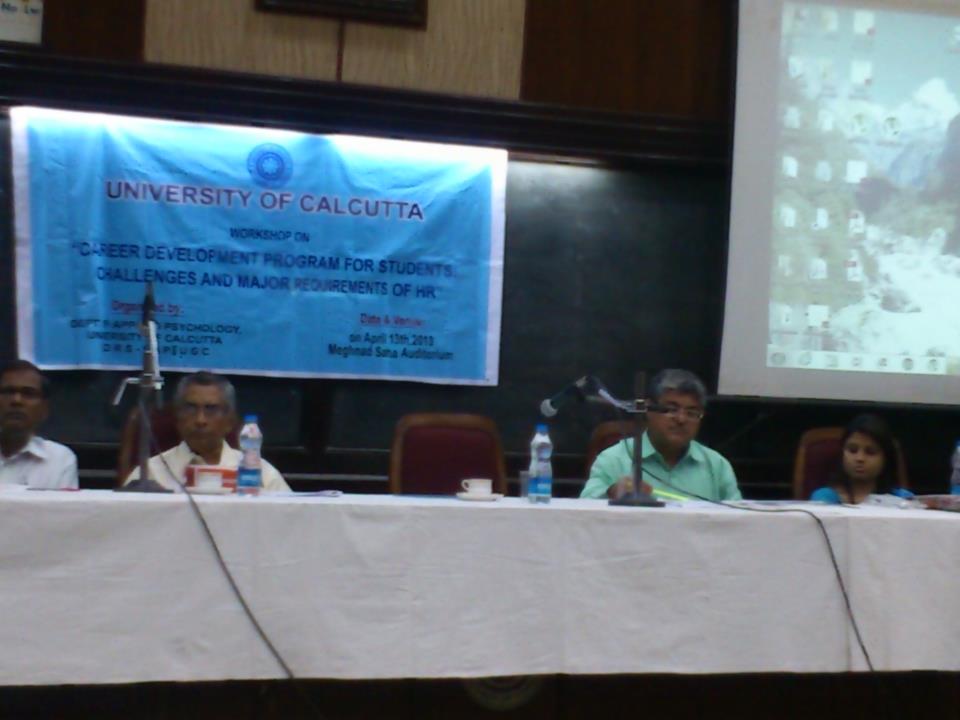PROPOSED IAAP HOMEPAGE

DRAFT COPY ( Logical programming will be made to access each link). Please give your comment. HOME JOURNAL OF IAAP PUBLICATIONS YOUR LABORATORY CAREER JOB OPPORTUNITIES NEWSLETTER CONFERENCES DIRECTORY OF MEMBERS FIND YOUR PSYCHOLOGIST WORKSHOPS SEMINAR SYMPOSIUM MEETINGS TRAINING MEMBERSHIP FORM EXECUTIVE COUNCIL MEMBERS IAAP AWARDS ETHICS PHOTO GALLERY USEFUL LINKS GUEST BOOK The Indian Academy of Applied Psychology (IAAP) since its inception in 1962, is serving the Indian society through various professional activities . OBJECTIVES v To promote the advancement and diffusion of knowledge of Psychology and to promote the efficiency and usefulness of its members by setting up a high standard of professional education and knowledge. v To arrange, provide for, or join in arranging and providing for the holding of confer...


